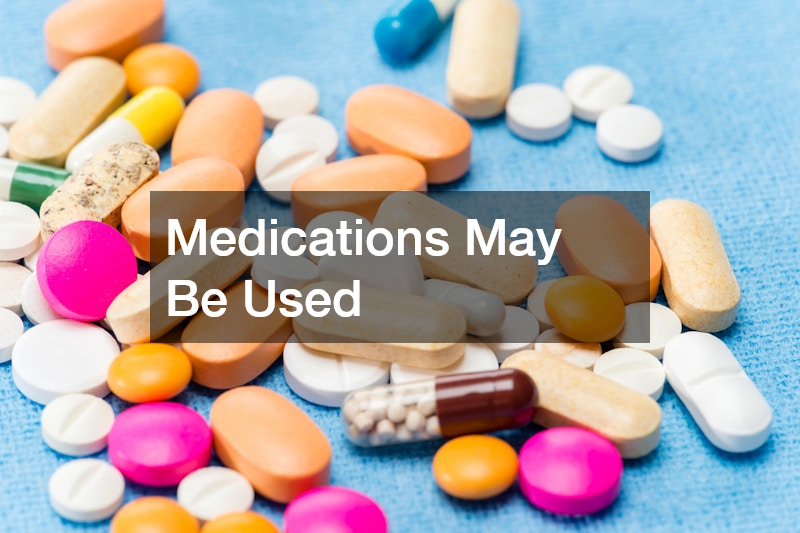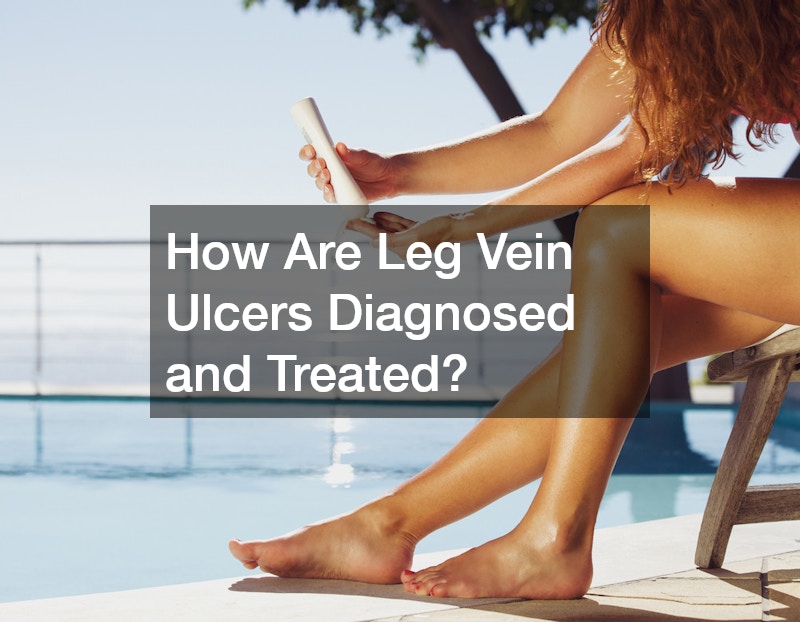Leg vein ulcers, often referred to as venous ulcers, develop when blood flow in the veins of the legs is inadequate, leading to tissue breakdown and skin sores. These ulcers are typically found on the lower legs and can cause significant discomfort. Proper diagnosis and treatment are crucial to ensure timely healing and prevent complications.
Diagnosis of Leg Vein Ulcers
The diagnostic process for leg vein ulcers begins with a thorough medical history and physical examination by a healthcare provider. A physician will inquire about any underlying conditions, such as varicose veins, deep vein thrombosis (DVT), or chronic venous insufficiency, as these can contribute to the development of ulcers.
During the physical exam, the healthcare provider will assess the ulcer’s appearance, location, and any signs of infection. Typically, venous ulcers are shallow, with irregular edges and a red or yellow base, surrounded by inflamed skin. If an infection is suspected, a swab may be taken for a bacterial culture.
To confirm the underlying cause, additional tests are often conducted. Doppler ultrasound is commonly used to evaluate blood flow in the veins and identify any blockages or abnormalities in the veins. In some cases, a venogram, an X-ray of the veins using contrast dye, may be recommended for a more detailed view. Blood tests can also help rule out other potential causes, such as diabetes or anemia, which may delay ulcer healing.
Treatment of Leg Vein Ulcers
The treatment of leg vein ulcers focuses on improving blood flow, healing the ulcer, and preventing recurrence. The following approaches are typically used:
1. Compression Therapy
Compression therapy is a cornerstone of venous ulcer treatment. Special compression bandages or stockings help improve blood circulation in the legs, reducing swelling and promoting healing. This therapy must be continued long-term to prevent ulcer recurrence.
2. Wound Care
Proper wound care is essential to prevent infection and encourage healing. The ulcer is typically cleaned with saline solution, and a dressing is applied to protect the wound. Advanced wound care products, such as hydrocolloids or antimicrobial dressings, may also be used depending on the wound’s condition.
3. Medications
If an infection is present, antibiotics will be prescribed. Additionally, topical or oral medications that promote healing, reduce inflammation, or improve circulation may be used.
4. Surgical Intervention
For severe cases or when conservative treatments fail, surgery may be necessary. Procedures like vein stripping or laser therapy are designed to correct the underlying venous insufficiency and improve blood flow.
Watch the video above to learn more!.




